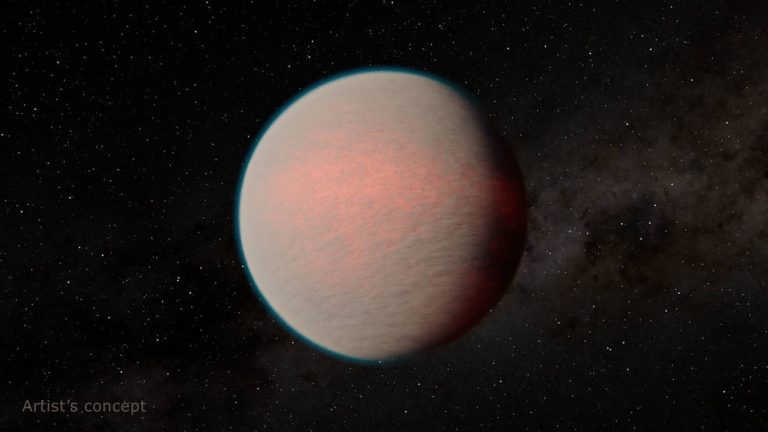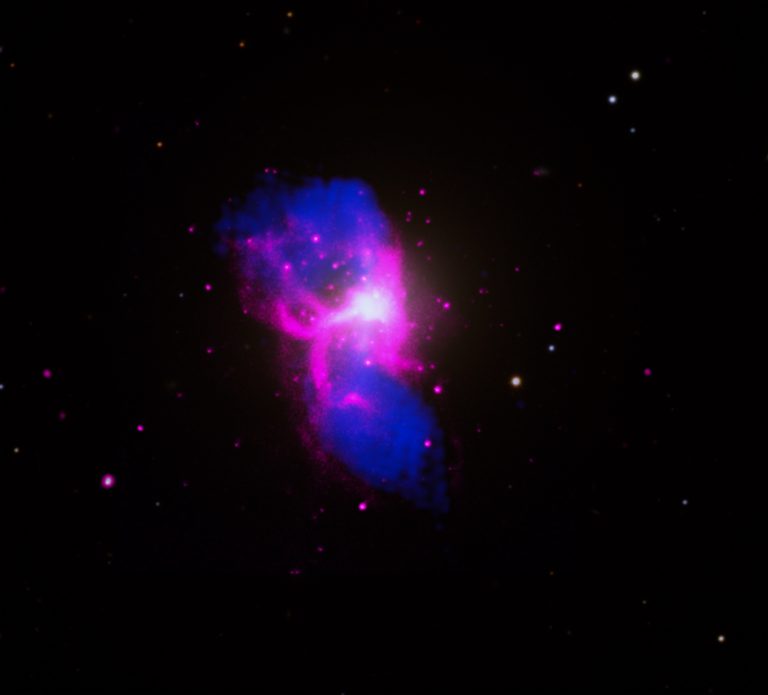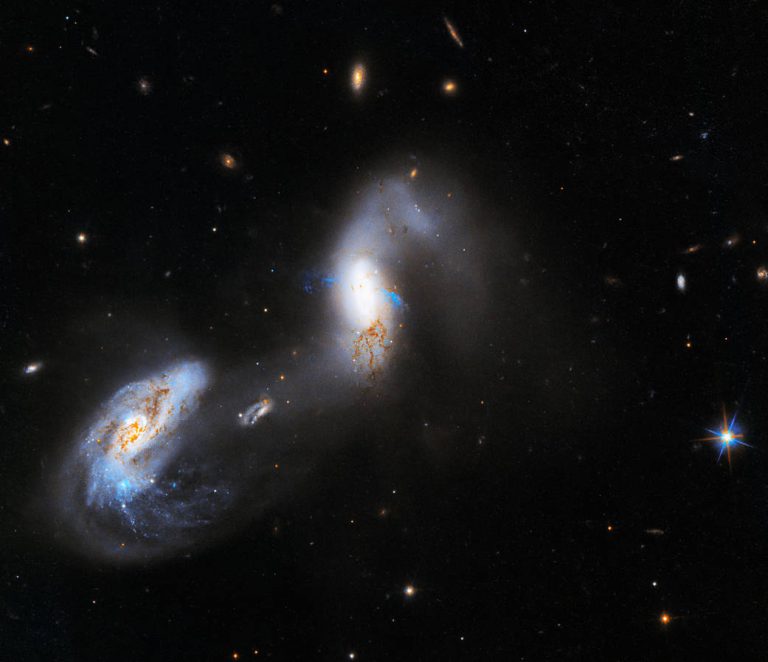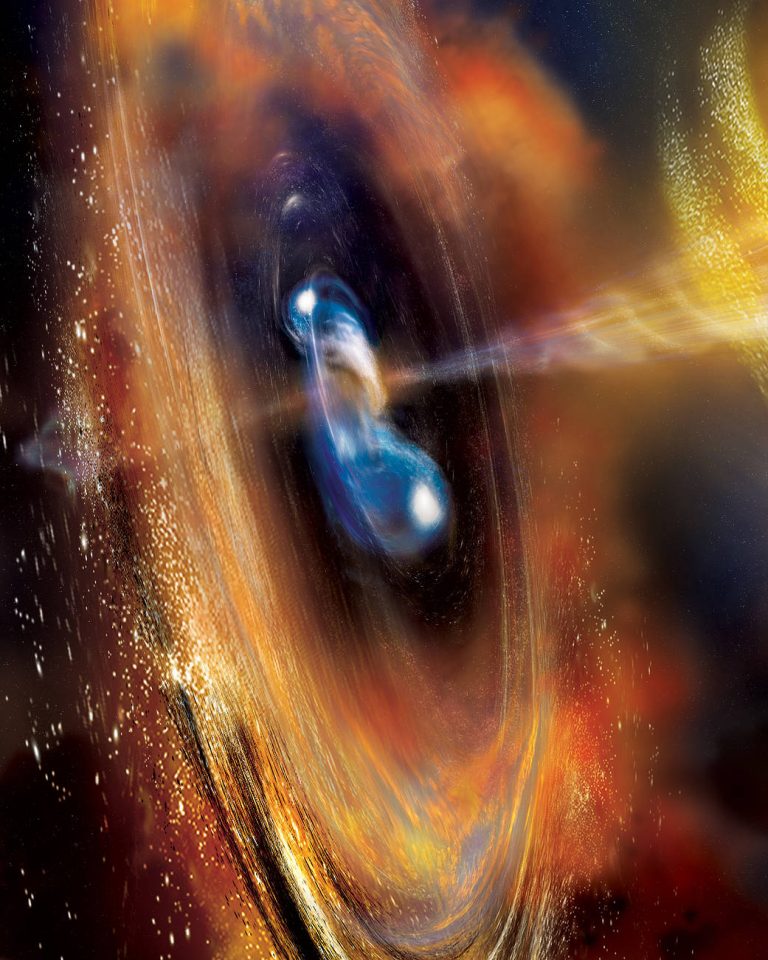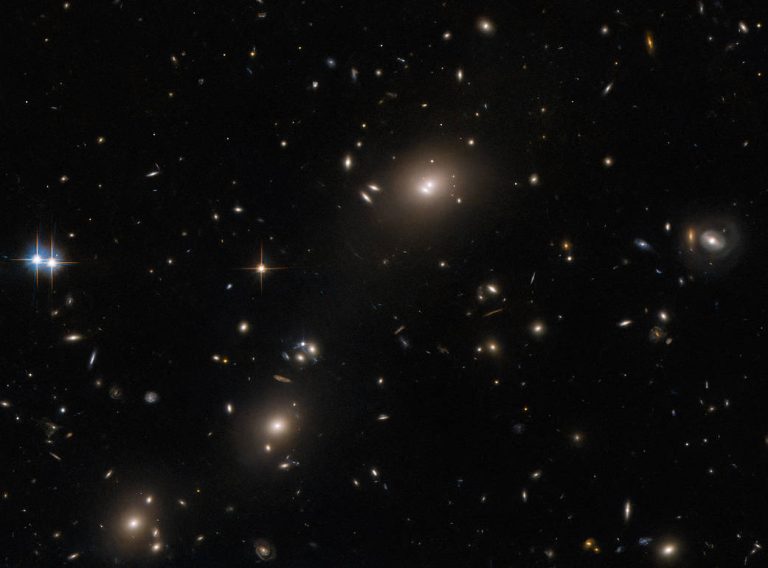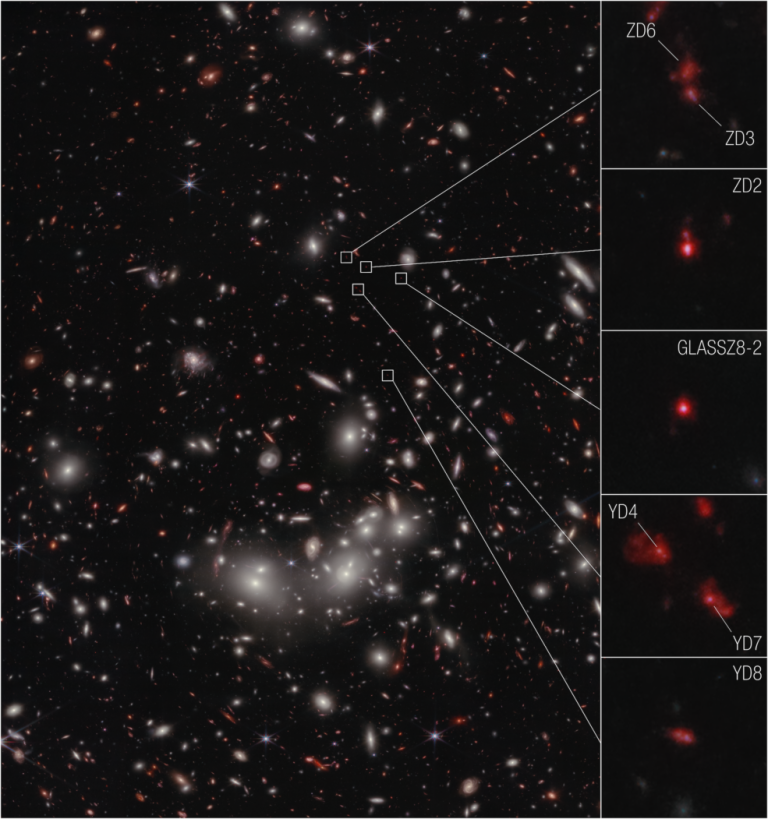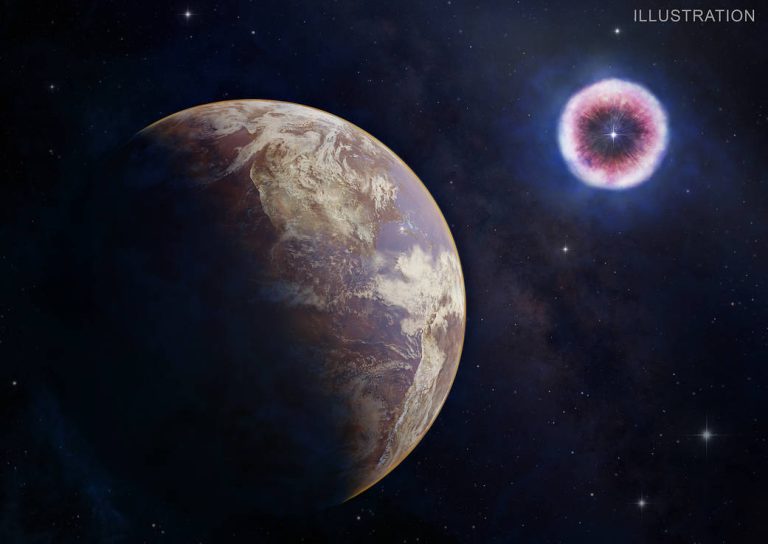聆听和观看天体的音乐
Maestro Piotr Gajewski conducts the National Philharmonic in the world premiere performance of Henry Dehlinger’s “Cosmic Cycles,” in this photo from Thursday, May 11, 2023, as an enhanced color image of Jupiter is displayed above. “Cosmic Cycles: A Space Symphony” is a collaboration between composer Henry Dehlinger, NASA’s Goddard Space Flight Center, and the National Philharmonic that features a fusion of music and video in seven multimedia works on the Sun, Earth, Moon, Planets, and Cosmos. Image Credit: NASA/Joel Kowsky Experience our universe in a new way. 在这张拍摄于2023年5月11日(周四)的照片中,大师彼得·加耶夫斯基指挥国家爱乐乐团进行了亨利·德林格的《宇宙循环》的全球首演,木星的增强彩色图像显示在上方。《宇宙循环:太空交响曲》是作曲家亨利·德林格、NASA戈达德太空飞行中心和国家爱乐乐团之间的合作,融合了音乐和视频,创作了七部关于太阳、地球、月球、行星和宇宙的多媒体作品。 影像来源:NASA/Joel Kowsky 以全新的方式体验我们的宇宙。


